
A friend and I were commiserating about our gardens over coffee the other day. I admitted that mine was quickly heading towards the late season blues and she confessed, with a tinge of embarrassment, that she just gives up on gardening every year around this time.
Late summer here in the Midwest can be brutal. Temperatures soar, rain stops and insects begin to eat their way through the garden buffet. Plants begin to show signs of stress or disease, then they wilt and die. The satisfaction of a lush garden is seemingly over for the season.
 I completely understand her feelings. I’m sitting in my office staring out at a bed full of mildewed monarda and half-dead zinnias. My tomato plants are wilting and a plethora of weeds are popping up everywhere. It would be easy to ignore it all and cuddle up with a good book or a movie instead. Experience has taught me however, that a bit of effort at this point will open the door to a beautiful, revitalized fall garden.
I completely understand her feelings. I’m sitting in my office staring out at a bed full of mildewed monarda and half-dead zinnias. My tomato plants are wilting and a plethora of weeds are popping up everywhere. It would be easy to ignore it all and cuddle up with a good book or a movie instead. Experience has taught me however, that a bit of effort at this point will open the door to a beautiful, revitalized fall garden.
While each garden is unique and has some specific maintenance requirements, there are some late summer practices that are beneficial for all gardens. JoAnn Prieto, Seasonal Color Manager at Embassy Landscape Group, has some suggestions for maintaining a healthy, vigorous garden throughout the late summer month.
Tips For Maintaining A Mid-Summer Garden
- Deadhead annuals and perennials as needed. Cutting back to stem helps to maintain a neat appearance.
- Cut back leggy annuals to encourage new branching and flowering.
- Fertilize in-ground and container annuals to keep them vigorous and blooming.
- Stake floppy plants to improve visual appeal.
- Water deeply and adequately. Sprinkling the leaves doesn’t get water to the root system, which distributes water to the stems and foliage keeping the plant hydrated.
- The early morning and late afternoons are prime watering. times to reduce water lost by transpiration.
- Remove weeds that compete for water.
- Watch for spider mite activity. A hard burst of water from the hose can knock them off.
- Cut off foliage infested with phlox bugs. Carry away to dispose.
- Kill Japanese beetles by knocking them into tubs of soapy water.
- Check for crown rot in perennials. Carefully remove plants and carry away to dispose.
- Begin dividing iris and daylilies. Discard any old centers and sections showing borer damage.
Maintaining a mid-summer garden really isn't that difficult; It just takes some self-discipline. Knowing what the results can be the effort is definitely worth it. Now, if I could just find my bookmark.....
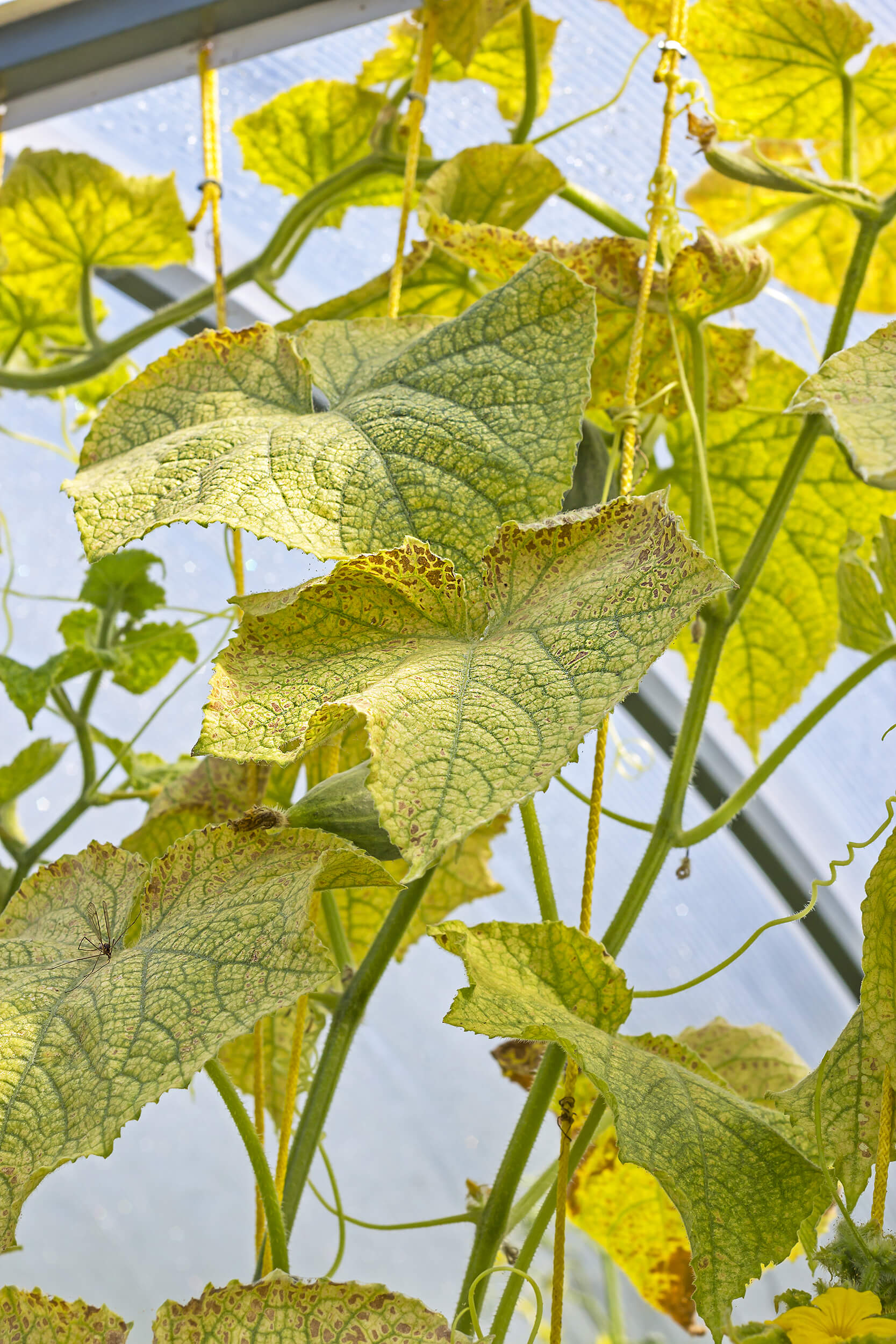
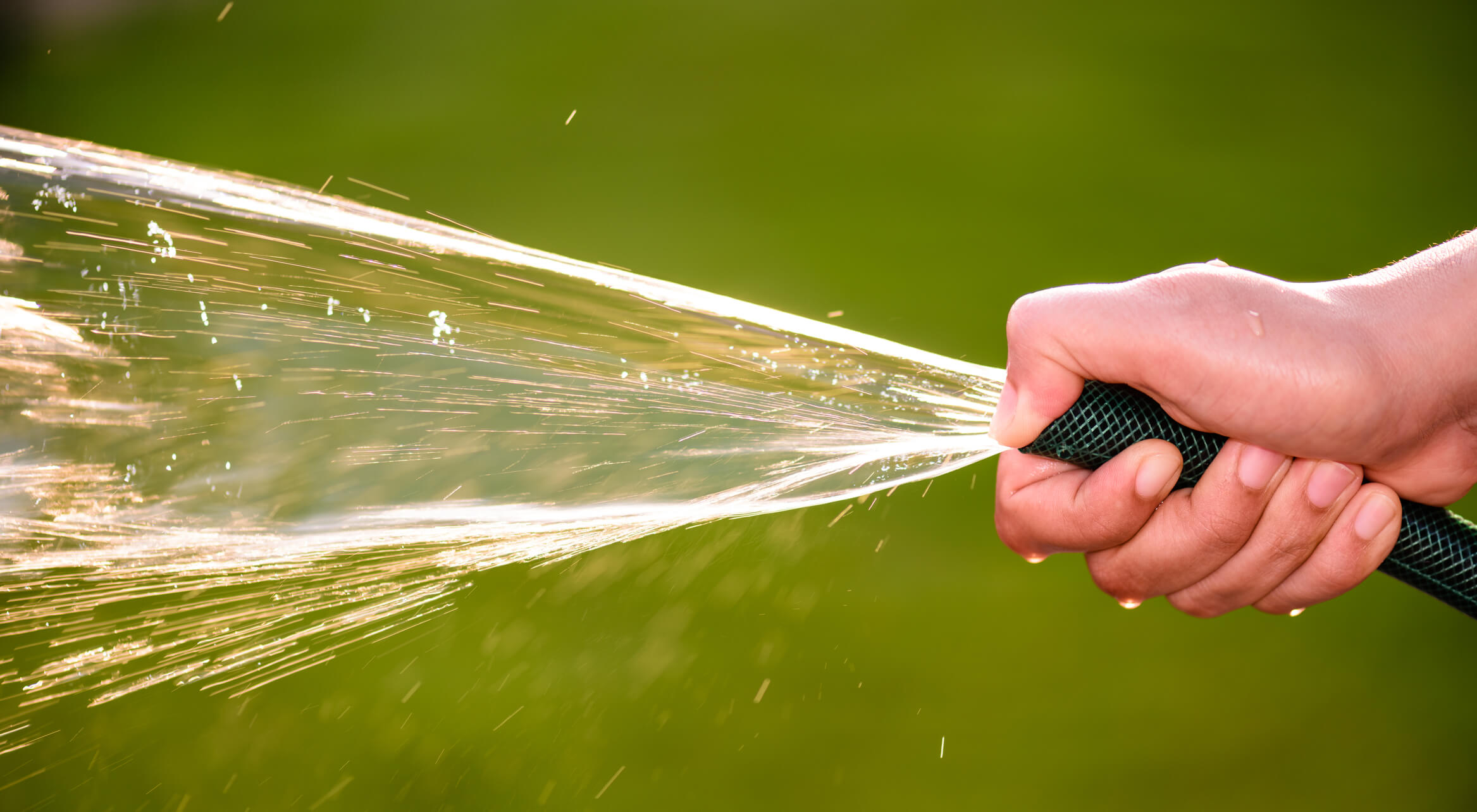
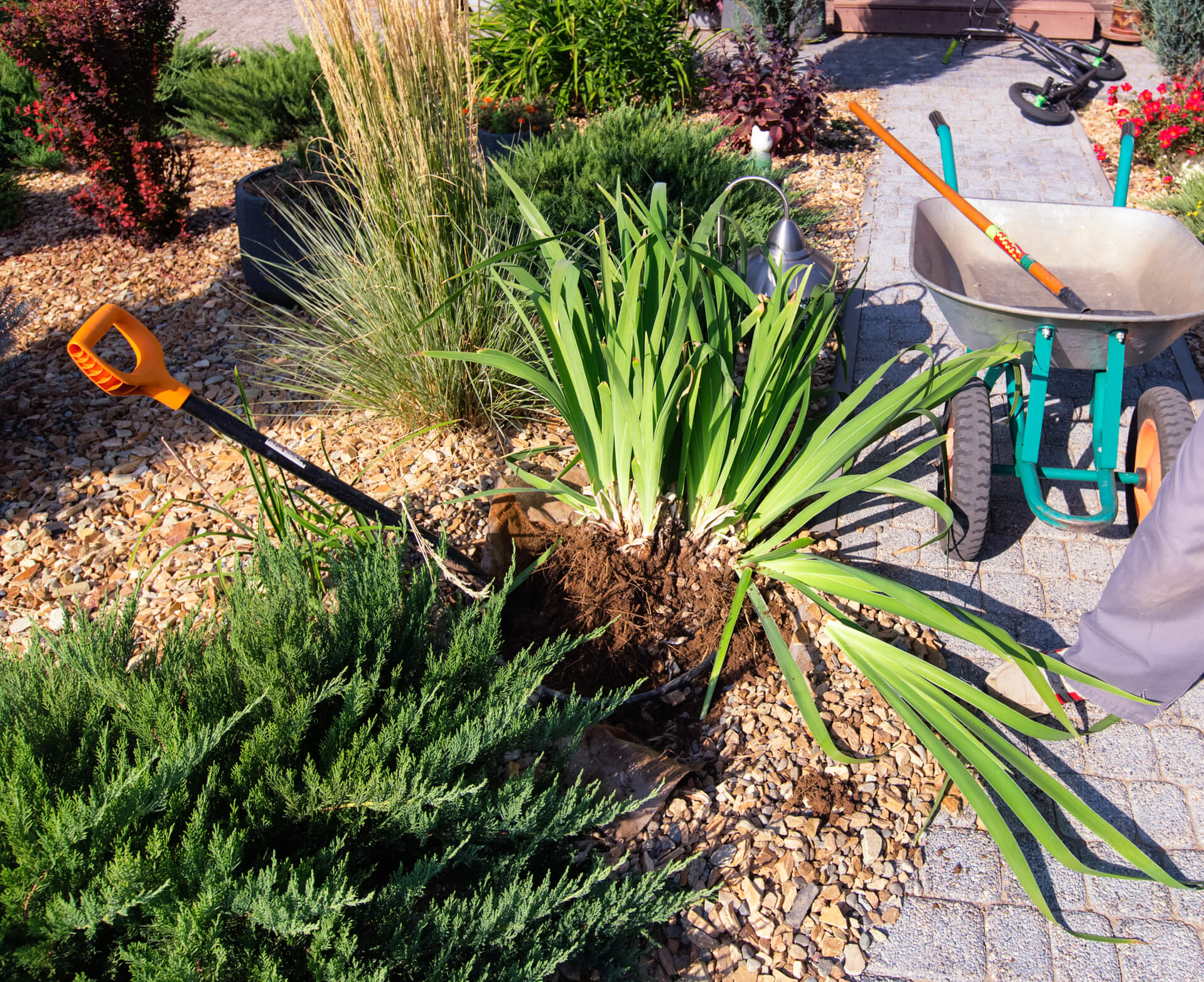
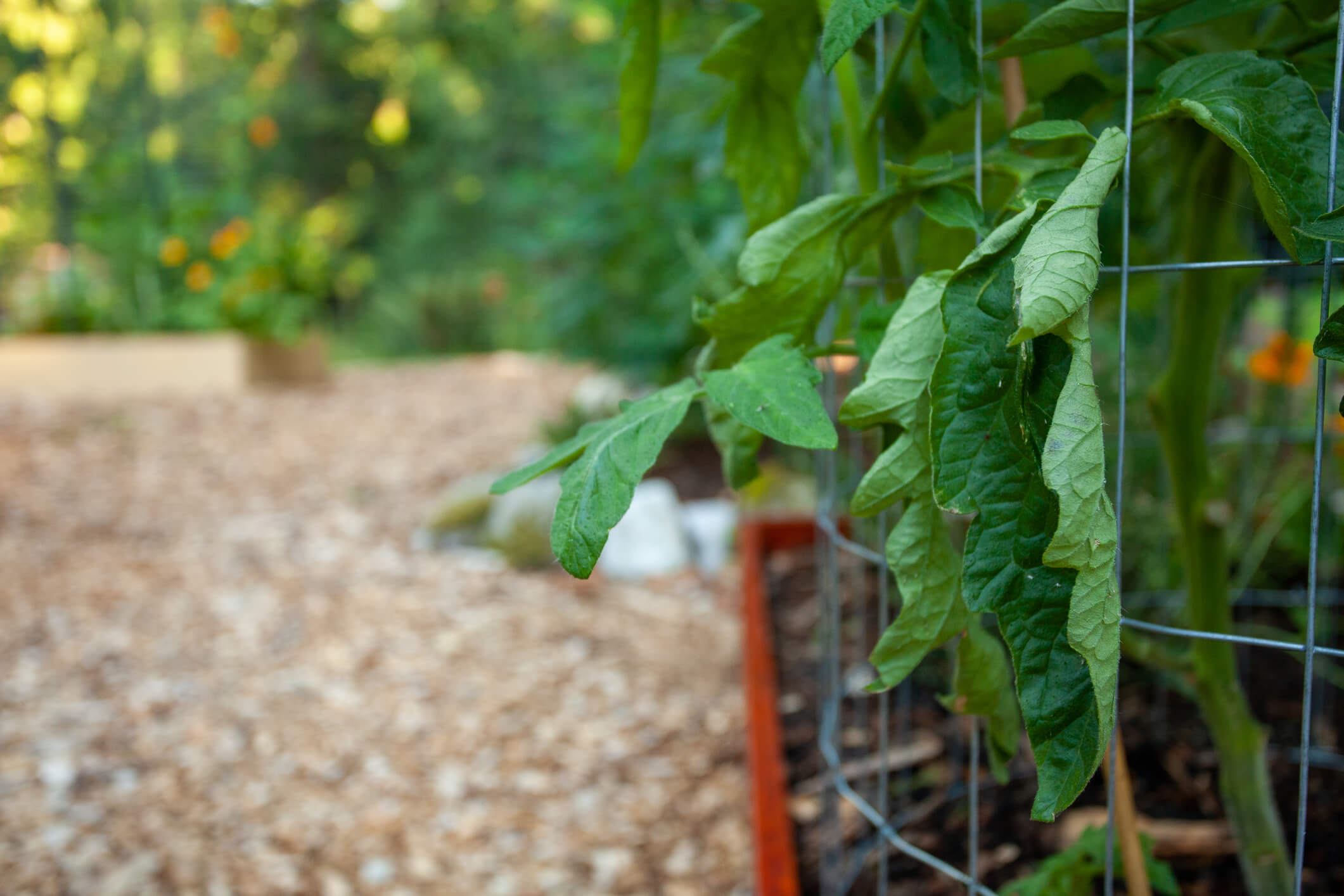
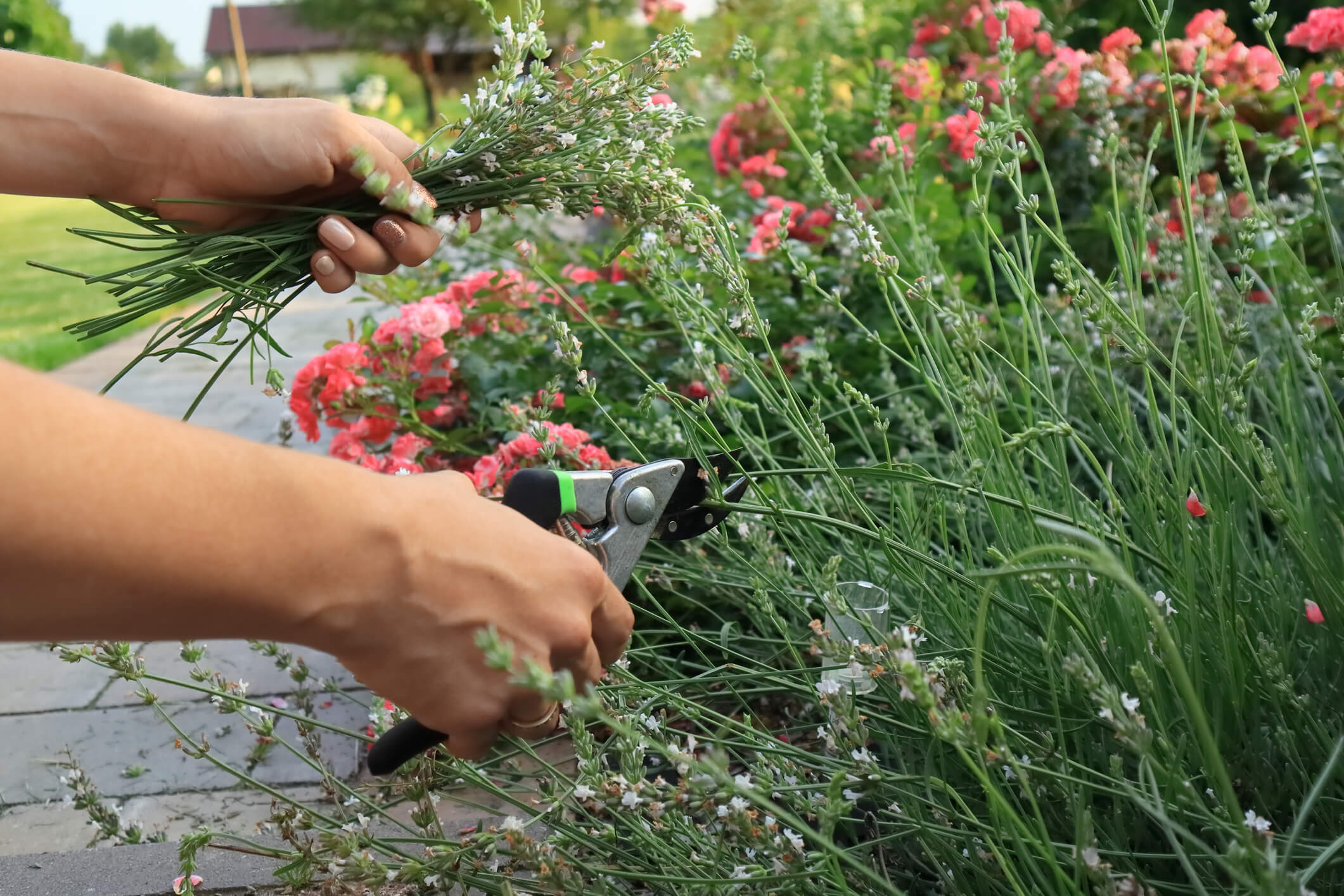
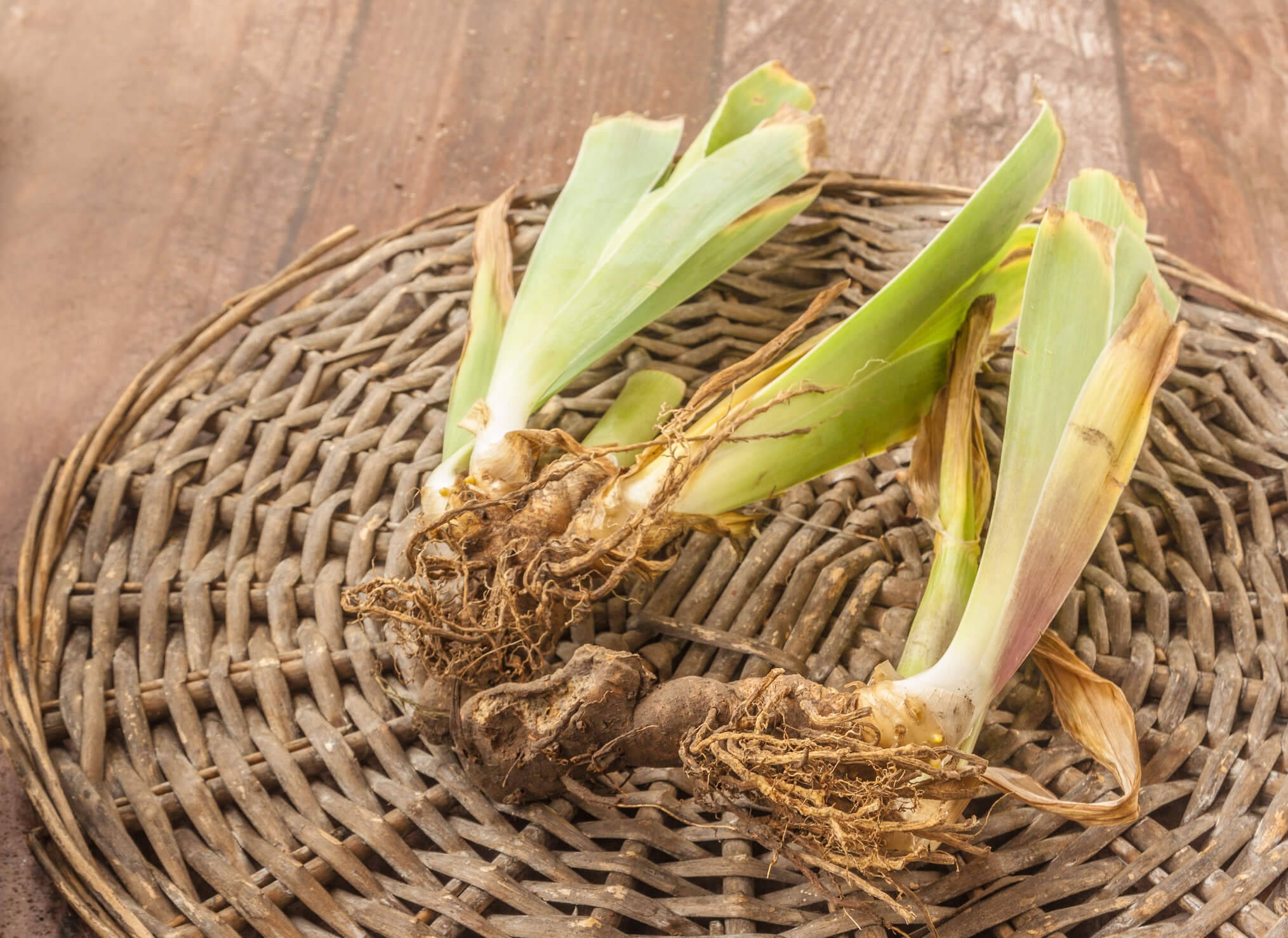
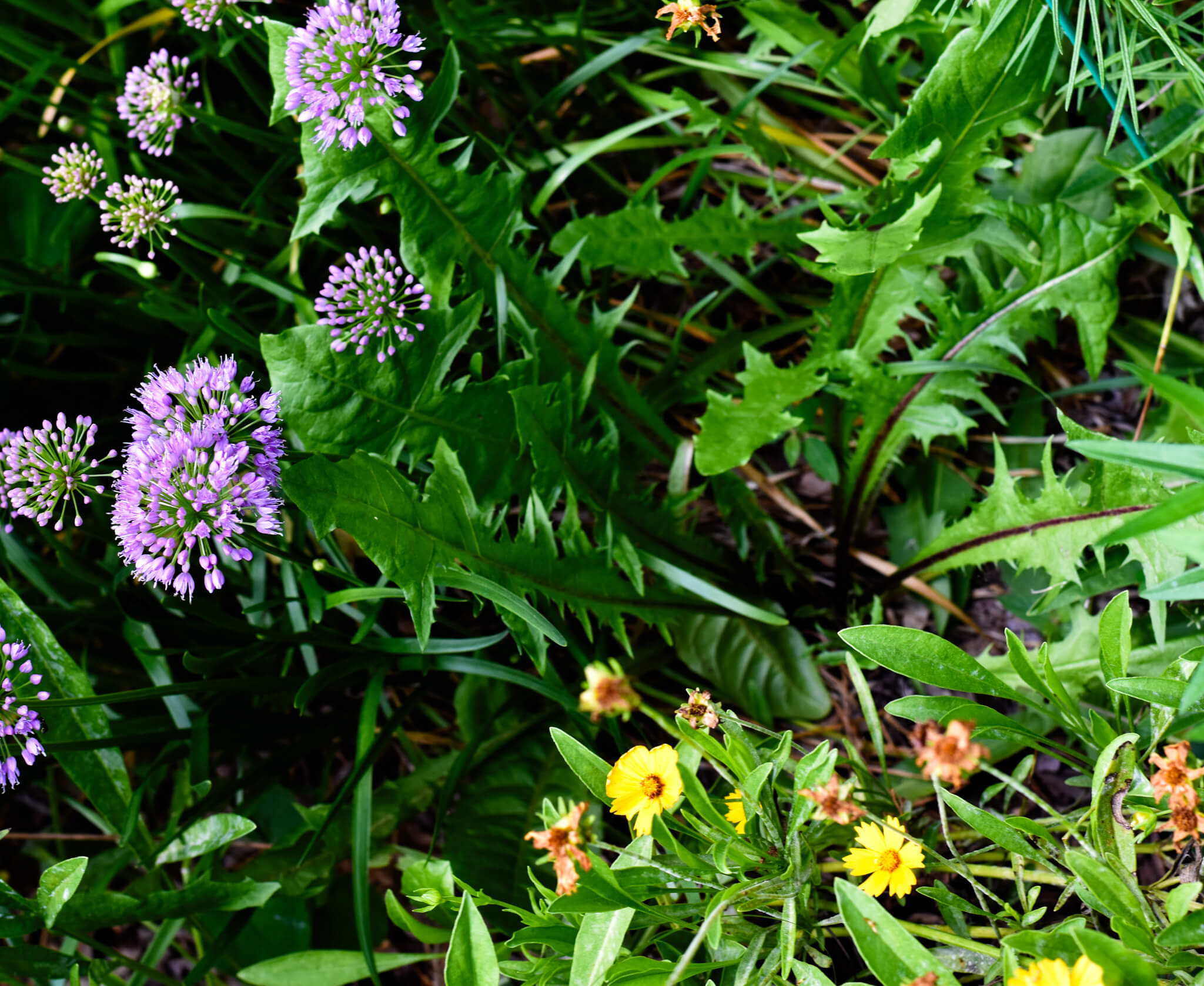
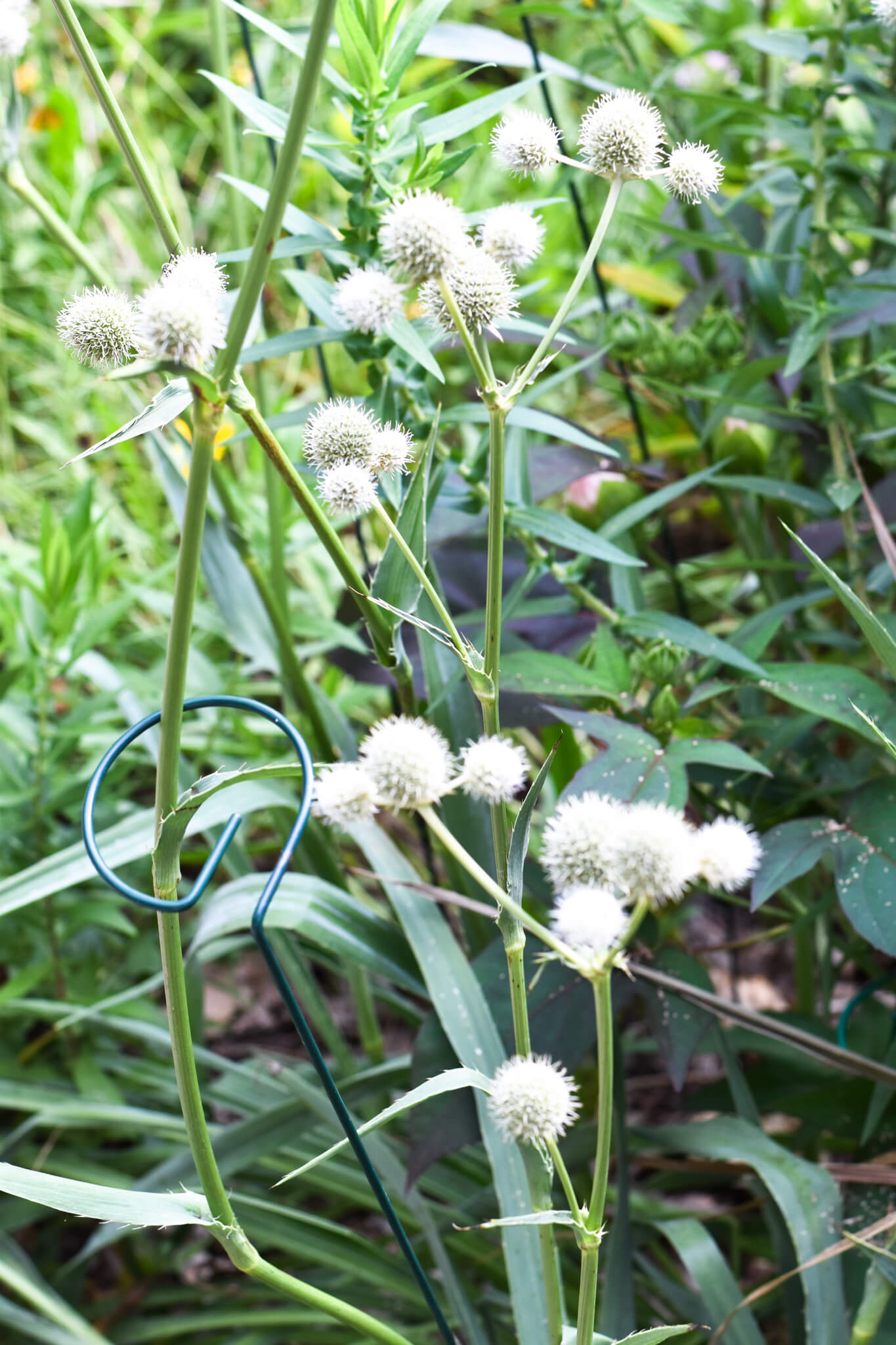
.jpg)
